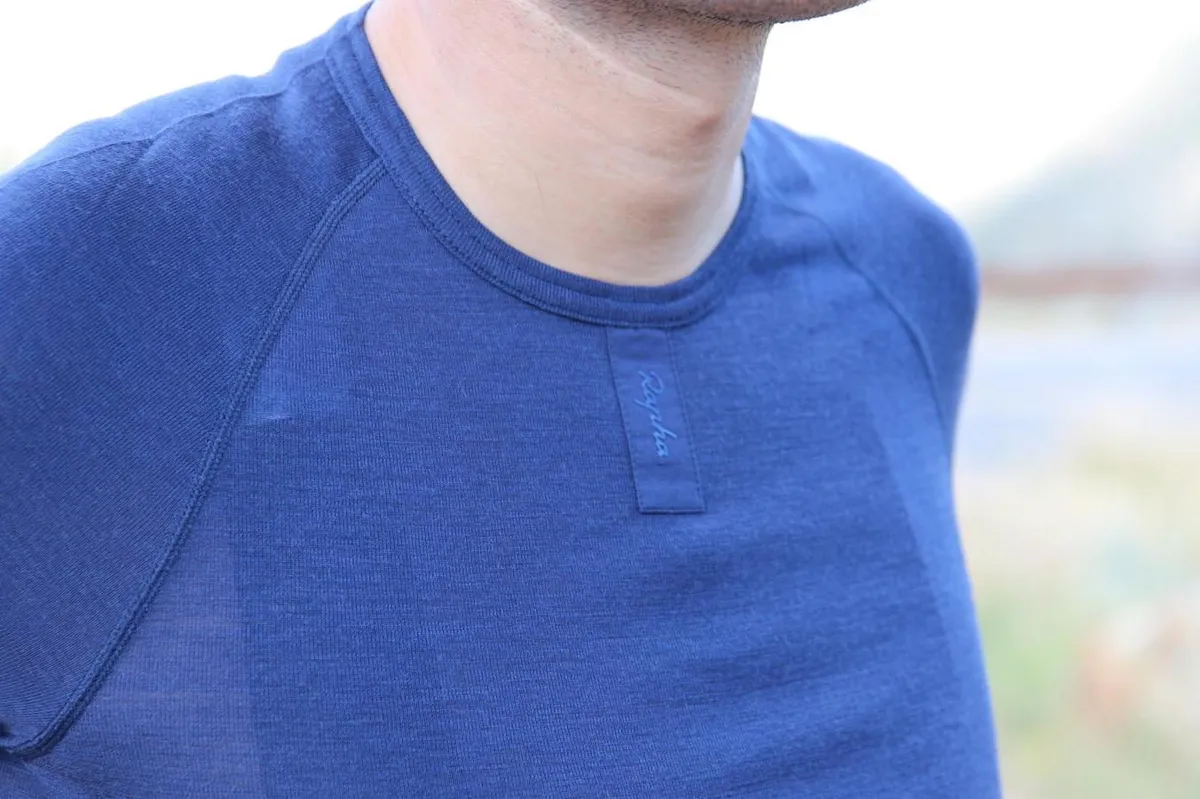Merino wool baselayers deliver superior thermal comfort and performance benefits, according to a new study and four-year research programme led by North Carolina State University and Woolmark.
The study found that, unlike conventional synthetic performance wear, 100 per cent Merino wool baselayers maintain thermal equilibrium during both exertion and rest, making them ideal for stop-go sports, such as cycling.
This means that when wearing wool, you can avoid ‘after-chill’ when you stop moving to conserve energy, with your body having to do less work to maintain its skin temperature.
“No longer anchored by anecdotes”

Merino wool has long been favoured by outdoor enthusiasts, thanks to its thermoregulation and odour resistance.
But this new peer-reviewed study means Merino wool’s position as a natural performance fibre is “no longer anchored by anecdotes, but by science,” according to Woolmark, the Australian wool marketer.
In human trials conducted in a climate-controlled chamber, all fibres exhibited similar performance during exercise. But wool maintained its performance during activity and rest.
John Roberts, managing director at Woolmark, says: “This is about the ongoing transition from activity to recovery. With wool’s structure designed by nature to enhance wearer performance, it responds in real time to changing physiological needs.
“It automatically keeps athletes close to their comfort zone, allowing 100 per cent focus on the challenge – especially in unpredictable and high-output activities, such as cycling or rock climbing, where a baselayer is often all they wear.”
The study also found that Merino wool's hydrophobic outside and hydrophilic inside enable it to absorb up to one third of its weight in moisture vapour without feeling wet.
Who makes Merino wool cycling kit?

Many cycling brands have Merino wool clothing in their collections, but Rapha and Isadore are two brands that have long championed the natural fibre.
Founded 21 years ago, Rapha’s first-ever product, the Classic Jersey, introduced a Merino wool blend called Sportwool. Combining Merino wool with polyester, the blend is said to combine the absorbent and insulating properties of Merino with the wicking of polyester.
Sportwool was the only fabric used for Rapha’s jerseys until the Pro Team jersey was introduced in 2011.
Rapha continues to make the Classic Jersey, which uses 36 per cent wool, alongside several Merino wool baselayers, such as the short-sleeve Merino baselayer.
Isadore uses Merino wool in its cycling jerseys, such as the Signature Merino Air Jersey, for its thermoregulation and breathability. Isadore also uses the natural fibre as part of its commitment to sustainability.
“Building Isadore around the core principles of sustainability, high quality and timeliness of the design, production had to be in the EU with the core material being Merino,” it says.


